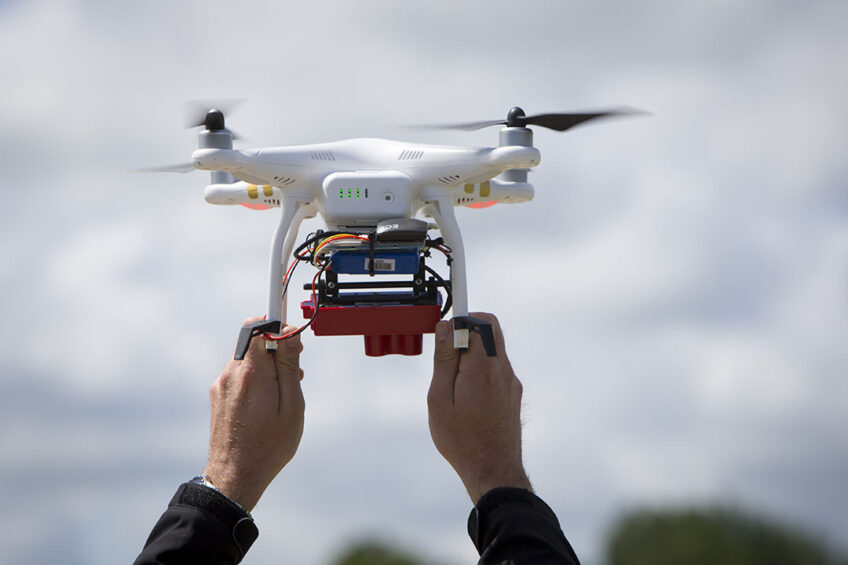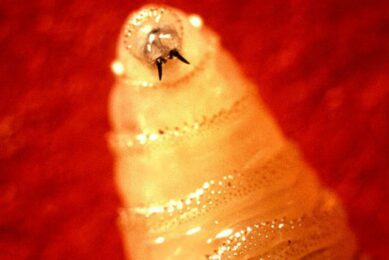Drones and dairy cows: Managing livestock

Managing large livestock areas and monitoring cattle is a time consuming and challenging job. However, with the increasing recognition and acceptance of applications for drones or Unmanned Aerial Vehicles (UAVs) in precision agriculture, drone use is also gaining interest in livestock production.
Drones can be used for various cattle monitoring tasks such as counting the number of animals, monitoring diseased/sick animals, unusual animal behaviors, calf births, and body trait measurements (Barbedo et al., 2019). According to a report by USDA, almost 3.9 million cattle and calves died due to non-predator and predator causes in 2015 which were worth an estimated $3.87 billion. Almost 14% of total non-predator losses were due to unknown reasons. Predator related deaths have steadily increased from 3.5% in 1995 to 11.1% in 2015 (USDA, 2017). Using drones to monitor cattle can provide faster results, flexibility and more time to focus on other important activities.

Counting cattle
Researchers have been developing ways to incorporate UAVs into livestock production over the recent years. A study by Jung and Ariyur (2017) successfully used four quadcopter UAVs to herd animals into their pen by using noise making devices installed on the drones. Counting cattle using drones is another popular application to save time and provide improved farm management, however, counting errors with drones can occur due to the movement of cattle and landscape type (i.e. dense pasture, dry grass, bare land). Barbedo et al. (2020) recently suggested a new approach that combines a deep learning model to determine the rough location of an animal, color manipulation to increase animal and background contrast, mathematical morphology to isolate the animals and infer the number of individuals in clustered groups, and image matching to take into account image overlap. This approach led to results with over 90% accuracy.
Movement
The University of Kentucky has an ongoing study that focuses on the major issue of cattle losses. A software program is being developed which communicates with drones and can manage their movement around a particular cow, track a cow or set up a formation around a cow for herding or other purposes. The study is being conducted in the basement of a campus building using a calf replica (named Chuck). A completely autonomous system is programmed, however, pilots can take control in case of emergencies. Currently, the software is being trained to identify each cow’s face so that over time, individual cow’s physical measurements can be recorded and compared (Piercy, 2020).
Commercial availability
Commercial drones are already available on the market for farmer as livestock drone packages that include options for drones, sensors and software. A couple of examples include Barger Drone (https://bargerdrone.com/) and DJI (https://enterprise.dji.com/). The Barger drone package for ranchers provides features like automated flights to water tanks to check water levels, herding cattle, inspecting fences, and a mobile cattle app that allows cell phones to analyse photos taken by drones. DJI drones for ranchers also provide similar features and additionally have the option of adding aerial thermal cameras that can spot cows under forest canopies, differentiate animals from other heat sources and can also be useful in detecting nearby predators.
References available on request.
Authors: By Priya Saini and Jason P. de Koff, Tennessee State University
Join 13,000+ subscribers
Subscribe to our newsletter to stay updated about all the need-to-know content in the dairy sector, two times a week.










